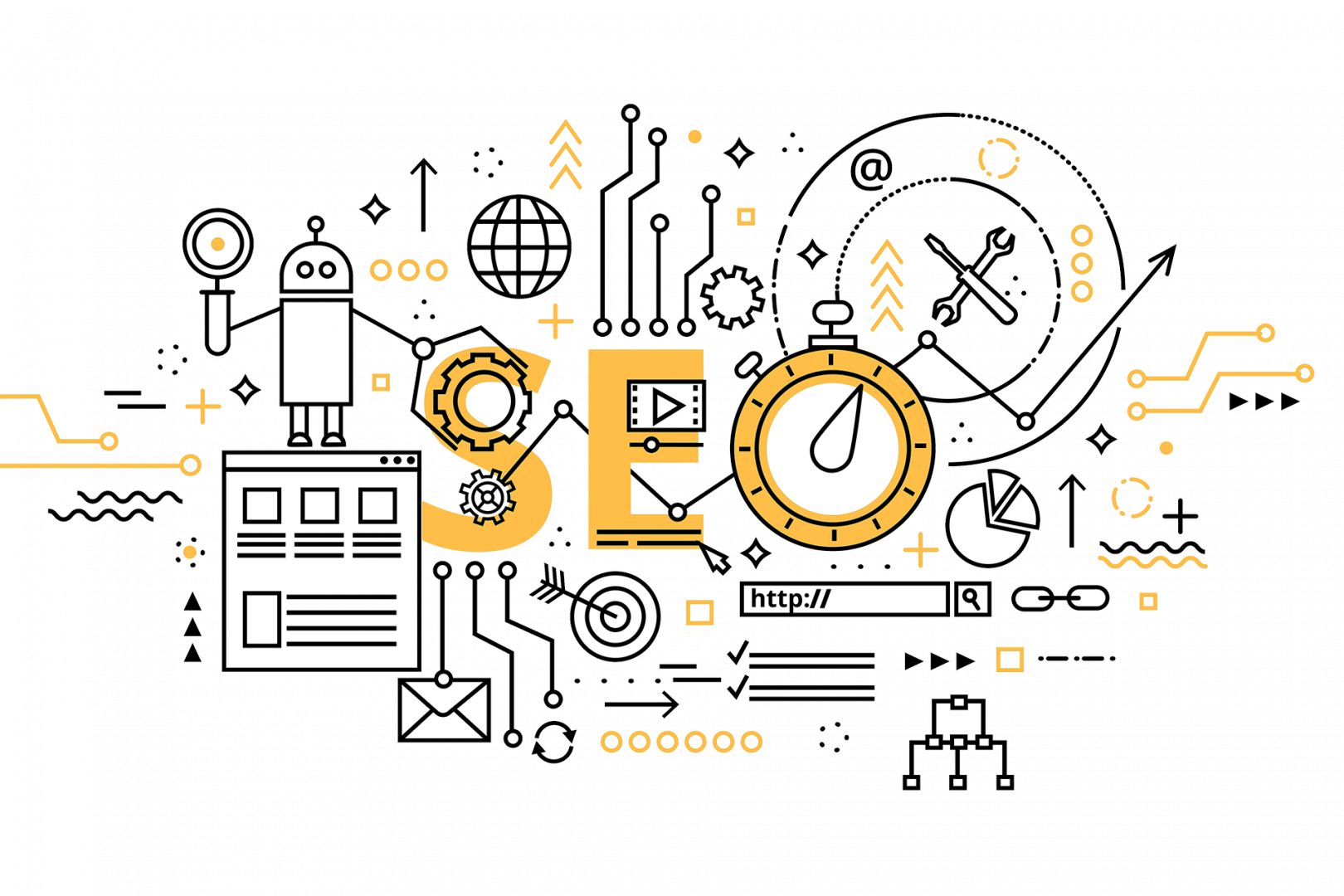Websites now more than ever flood the internet, creating even more competition to be found. More and more businesses are taking the leap to complement their shopfront stores or offices with a digital presence. So how do you to get your website on the prime real estate of Google?
Two key factors come into play when ranking in Google, One being SEO (Search Engine Optimisation) the other being Marketing.
Let’s address SEO first.

Search Engine Optimisation
SEO is what your website developer has painstakingly spent hours learning and re-educating (this beast keeps evolving) themselves on. You have probably heard that SEO is essential for your website, but why? In short, SEO is significant because it is what makes your website more visible and helps your site to land on that first page on Google, therefore increasing your chance of being found.
“75% of people never scroll past the first page of search engines.”
Source: Junto
Multiple different elements make up SEO, and the core two are keywords and content.
Keywords – these are the words that people will use to search for what you have to offer. There are a few different types of keywords, being, short-tail, long-tail and local keywords, for example:
- Short-tail keywords: computer
- Long tail-keywords: laptop computer for sale
- Local keywords: laptop computer for sale in Berri
Keywords are also used not only throughout your website page content, but also the title, headings and subheading and URL’s.
Content – all content on your website is vital for you to reach and engage your audiences. In today’s world, where there is an overload of information on the internet, you need to ensure your content is educational, information, interesting, relevant, engaging and shareable. Content comes in a variety of forms, including:
- Web page content
- Blogs
- Videos
- Social media posts
- Infographics
- Podcasts
- Whitepapers and e-books
- Local listings (like Google My Business)

Marketing
There are two types of marketing when it comes to optimising your website:
- Paid advertising
- Organic marketing
Your digital paid advertising includes things like native ads, Google AdWords, social media ads, pay-per-click, Google shopping ads and display ads.
There is, of course, other paid advertising techniques, including radio, TV, newspapers. These options don’t include a direct link to your website, but you can raise your brand awareness and drive traffic to your website by advertising your website with Call to Actions (CTA’s) to send people to your website.
Organic marketing is the content you create to drive people to your website through listings and social posts, via:
- Google My Business
- Google Maps
- YouTube
- And so many more
Learn how you can drive traffic to your website by using the tips in our “Your Website is now live, so, what next?” blog.
Key takeaways:
- Do Tell as many people about your website as possible, in conversation, social media and all your forms of marketing
- Do include SEO in your website design
- Do drive people as much as possible to your website with links to blogs, products and information via organic social media posts
- Do digital advertising via social media or Google with a link to your website
- Don’t think that once your website is launched that people will automatically find it
- Don’t skimp on your budget when it comes to SEO
Final Thoughts
Although this is a straightforward overview of how you rank in Google, SEO is especially complex with many different techniques and tactics. It is essential to note that SEO and your ongoing marketing are crucial to increasing the visibility of your website. And to increase your chances at ranking on the first page of Google is that not only your web developer (SEO) but your (Marketing) each have a role to play.
Want to know more about making your website more visible? Call our Website Team on (08) 8582 4200 or why not send us an email.




